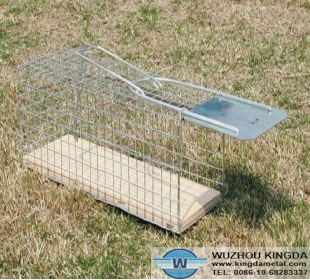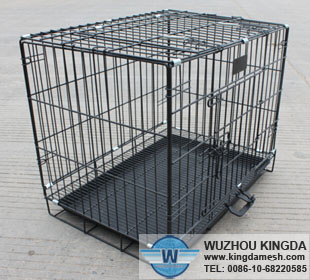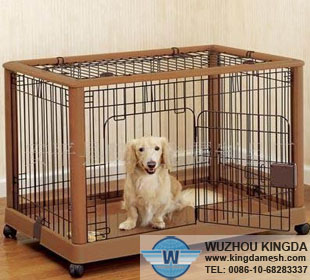Making Small Animal Cages
Making Small Animal Cages
Many types of small animal can live in the same type of cage. Rabbits, guinea pigs, chinchillas and ferrets all have similar needs when it comes to a safe and comfortable home. Since small animals spend most of their time in a cage, the bigger the cage the better. Ideally, the cage should allow the animal to stand on its hind legs without hitting the top and provide ample room to run.
Instructions
1 Form the sides of the cage by attaching the cube shelves at their ends with the "J" clips. Pinch the clips closed as tightly as possible with pliers. Make sure the tray and the cube shelves are closely matched in length and width. The wire cage should sit just inside the tray.
2 Repeat step one to add a second layer of cube shelves for a taller cage. Attach the second layer to the first with tightly pinched "J" clips.
3 Attach the two closet shelves together to form the cage lid. A closet shelf has a bent down lip on its front and is flat on the back side, which would normally be against the wall. Use loosely pinched "J" clips to attach the two shelves at their back sides, so that the lip of each shelf will hang over either side of the cage. Ideally, the shelves will be slightly wider than the cage and exactly the same length.
4 Place the closet shelf lid on top of the cage walls. Tightly secure one side of the lid to the cage with "J" clips. Be careful not to go past center on the sides of the cage, the other half of the lid should be left unattached so that it can act as a hinged door.
5 Drill small holes around the top of the base tray. Insert lanyard hooks into the holes and clip the tray to the cage sides. Two hooks on the front, two on the back and two on each side should keep the base secured to the cage walls.




